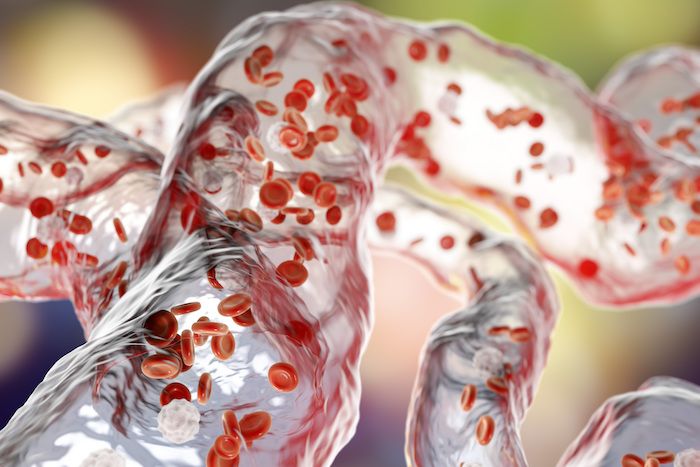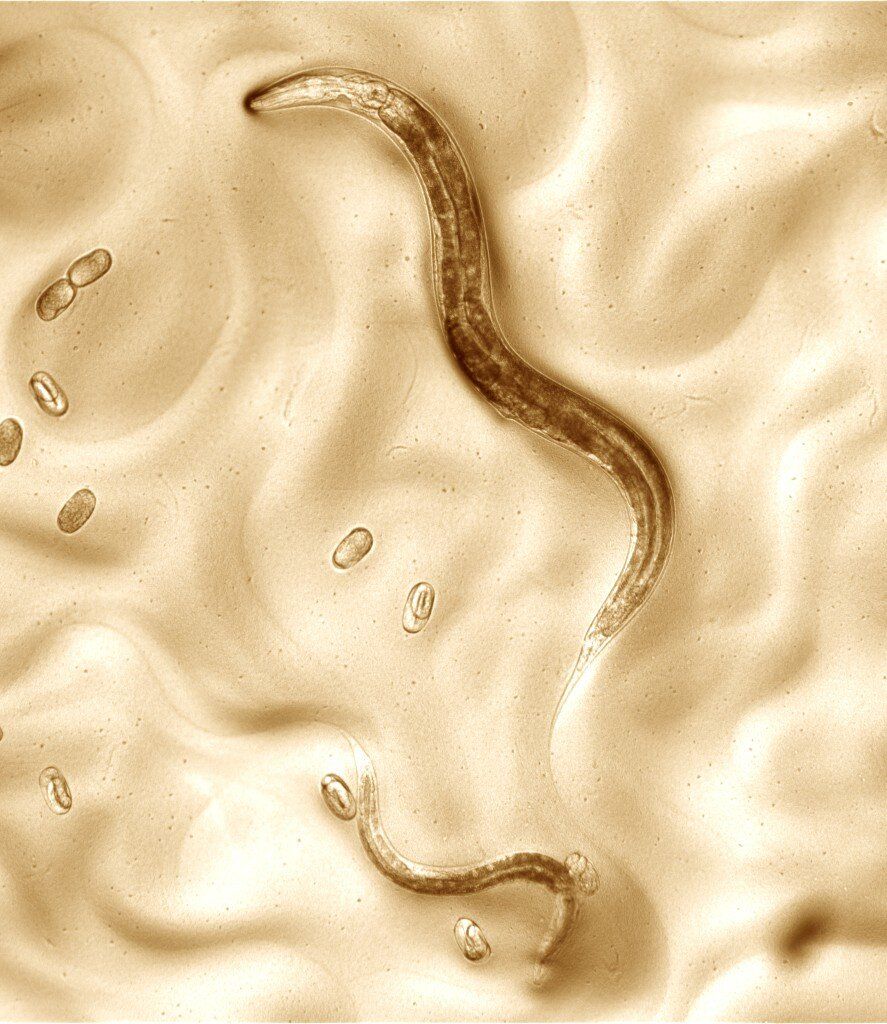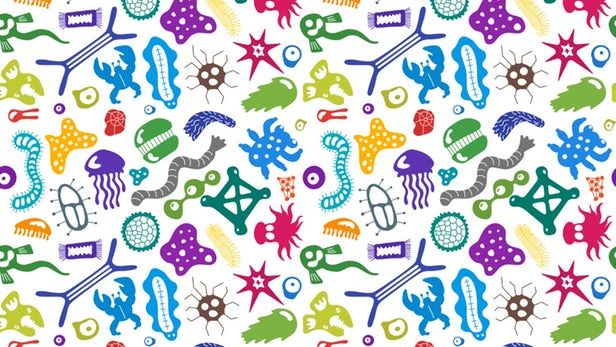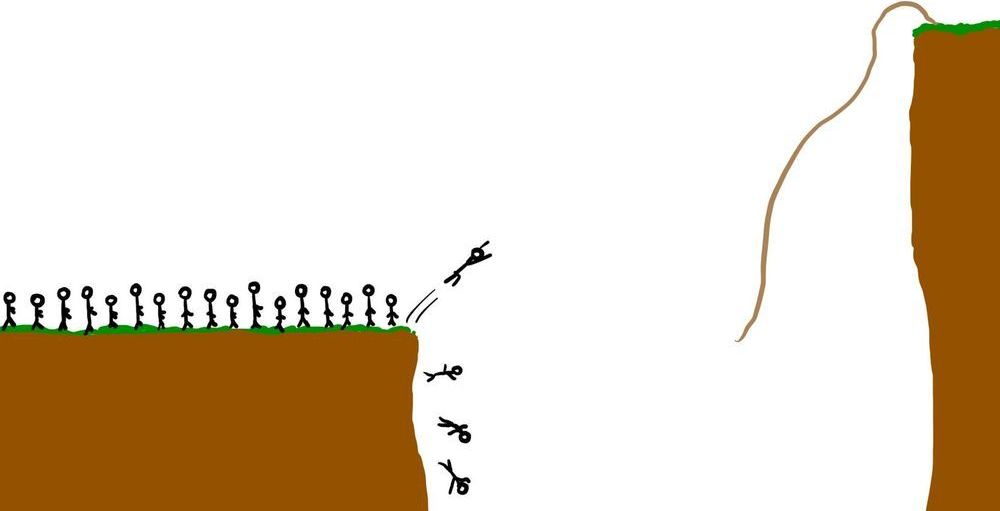A molecule produced by the body during fasting or calorie restriction has anti-aging effects on the vascular system, which could reduce the occurrence and severity of human diseases related to blood vessels, such as cardiovascular disease, according to a study led by Georgia State University.
“As people become older, they are more susceptible to disease, like cancer, cardiovascular disease and Alzheimer’s disease,” said Dr. Ming-Hui Zou, senior author of the study. “Age is the most important so-called risk factor for human disease. How to actually delay aging is a major pathway to reducing the incidence and severity of human disease.







